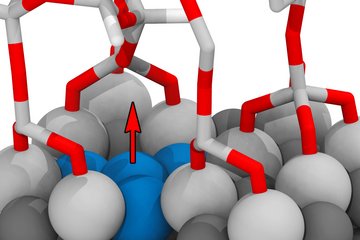All genres
21.
Talk
High-temperature phase equilibria in the TiAl-based systems Ti–Al–Mo and Ti–Al–W. Thermec’2023 – International Conference on Processing & Manufacturing of Advanced Materials, Vienna, Austria (2023)
22.
Talk
Destabilization of the ωo Phase of the Ti-Al-Nb System by Mo and W Additions. TOFA 2022, 18th Discussion Meeting on Thermodynamics of Alloys, Krakow, Poland (2022)
23.
Talk
Fe–Al–Ni–Ti Strengthened by L21-(Fe,Ni)2TiAl Precipitates. Intermetallics 2017, Educational Center Kloster Banz, Bad Staffelstein, Germany (2017)
24.
Talk
A Novel Preparation Route to Obtain Micro-Bending Beams for In-situ TEM Studies. 9th Multinational Microscopy Conference 2009, Institute for Electron Microscopy Graz University of Technology , Graz, Austria (2009)
25.
Poster
Phase Constitution in an Intermetallic Ti-37Al-10Nb Alloy: What We Can Learn about the Phase Equilibria? MC2021, Microscopy conference 2021, ePoster, online (2021)











